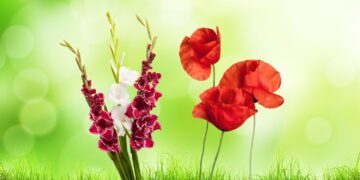
20 Facts About Gladioli & Poppies, August’s Birth Flowers
Poppies became an international symbol of remembrance as they grew on many WWI battlefields, notably in Flanders, France.
Our environment never fails to blow us away; from destructive tornados to ever-so-common grass, everything is always more complex than it seems.
Even if you’re not the outdoorsy type, there’s no denying we need nature to sustain ourselves. But important aspects aside, nature is also just darn cool!
So keep reading as we look at the most interesting aspects of the environment.

Poppies became an international symbol of remembrance as they grew on many WWI battlefields, notably in Flanders, France.
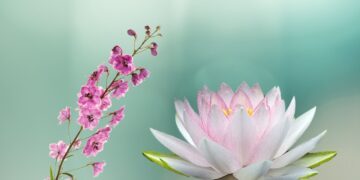
Larkspur petals are said to resemble the claws of a meadowlark or the spurs on a knight's boots, which inspires their unique name.

The phrase "the dog days of summer" refers to the hottest days of summer, and has been around since the Roman Empire.

Roses are one of the most famous Valentine’s Day gifts. An estimated third of flowers sold on Valentine’s Day are roses.
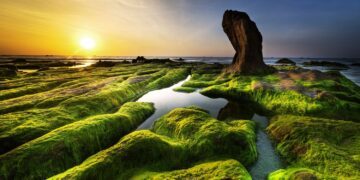
Did you know that based on fossil records, oxygen-producing green algae is at least 1 billion years old?
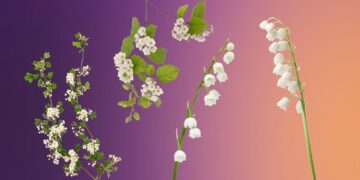
Kate Middleton, the Princess of Wales, carried lily of the valley as part of her bridal bouquet at her wedding in 2011.

The earliest evidence of recycling comes from the 11th century in Japan, where paper shops often sold recycled paper.
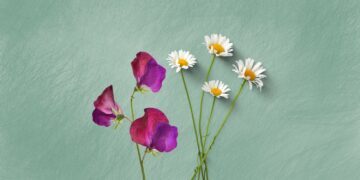
Over 20,000 species of Daisy have been identified. These come in a variety of colors, including pink, yellow, white, and blue.
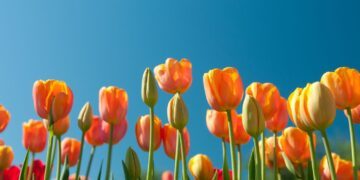
Spring fever is a condition in which people feel unwell early in spring. Symptoms include mood swings, restlessness or low energy.
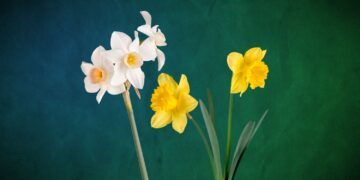
When Pharaoh Ramses II of Ancient Egypt was buried, daffodil bulbs were used to cover each of his eyes.
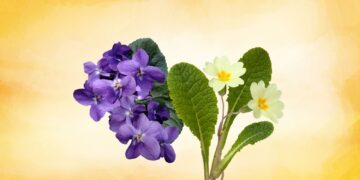
The same compound responsible for Violets' fragrance, ionone, also temporarily blocks your ability to smell them.

A study by Professor Richard Thompson reported that glitter was found in one-third of all fish caught in the UK.